Discover how drone technology can revolutionize irrigation management. See strong impacts on water efficiency and elevated crop yields, reshaping farming.
Welcome to Drone Farm
We offer a comprehensive range of agricultural drone services. With years of experience, we’ve harnessed our expertise to deliver high-quality services to our clients. Our team provides full support at every stage. Choose us for top-tier Drone Farming experiences!

Contents
- 1. How are drones used in irrigation management?
- 2. Drones increasing efficiency in water management
- 3. Advantage of using drones for irrigation
- 4. Drones monitoring soil moisture for irrigation
- 5. Could drones replace traditional irrigation systems?
- 6. Drones assisting in crop management
- 7. Drones playing integral role in sustainable farming
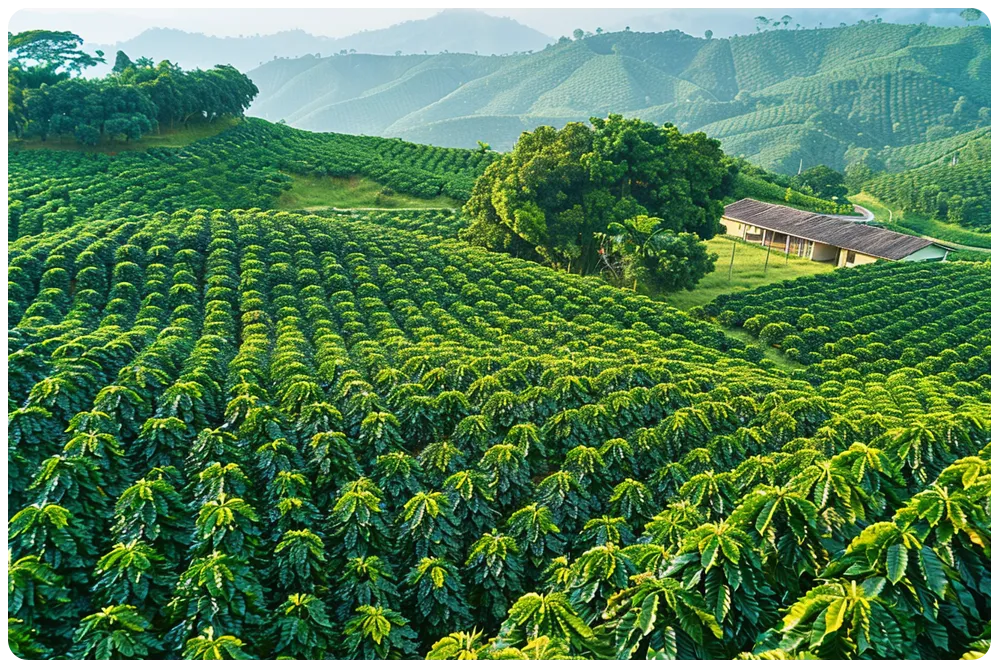
1. How are drones used in irrigation management?
How are drones used in irrigation management? Welcome to a deep dive into understanding how an agricultural drone is harnessed for optimizing irrigation management – a critical component of farm productivity.
Initiating the Watering Cycle
First off, a drone ascends to survey the expanse of the farm, capturing high-resolution images. These visuals provide a detailed overview of your crop health and detected moisture levels. An efficient drone can bring out even the smallest detail, such as spotting the dryness of the soil, in its imagery.Managing Water Resources
The drone’s advanced sensors, including thermal, multispectral, and hyperspectral sensors, help assess water requirements of different parts of the farm. Hence, farmers can direct their focus and resources on those areas in need of immediate irrigation, instead of an entire field, thus saving water and reducing wastage.Predictive Analysis
Agricultural drone technology can make predictive analyses about the potential risks of drought or excess water by monitoring the weather and soil conditions. This process allows for a proactive approach in irrigation practices, leading to minimized losses and maximized output.Disease Detection and Pest Control
Drones equipped with multispectral sensors can pick out the subtlest changes in foliage, signalling early-stage crop diseases or pest infestation that may affect crop yields. Farmers can initiate early treatments, which are more efficient and impactful in managing crop health.- Real-time Data: The drone provides real-time data of the farm, acting as an early warning system, which allows farmers to act swiftly.
- Cost-effective: Drones can cover large fields in a short period, thereby reducing labour and costs associated with manual inspection.
- Efficient Water Management: Drones help manage water resources efficiently by directing irrigation to areas that need it most.
- Disease Control: Quick detection and prompt action minimize the spread of crop diseases and pests.
2. Drones increasing efficiency in water management
Harnessing the Power of Drone Technology for Irrigation Management Touching on a fundamental aspect in the realm of agriculture, this piece aims to shed light on how drone technology is revolutionizing irrigation management and shooting up efficiency scales. Alleviating water management woes adroitly, drone technology is indeed a blessing for the agriculture sector, modernising traditional farming methods. At the heart of any successful farming operation lies efficient water management. Agricultural drones are reshaping the way we think about irrigation by providing accurate, real-time data, and facilitating informed decision-making. Drone-Mediated Water Management: A Stepwise Overview
- Aerial Assessment: The drone flies over farmland, conducting an aerial survey. Advanced sensors on the drone capture high-resolution images, identifying areas requiring immediate attention. These may include indications of under-watering, over-watering, or disease.
- Data Analysis: Collected data is analysed using smart algorithms, providing detailed insights on various farming variables such as soil moisture level, crop health, and water distribution patterns.
- Planning and Execution: Based on the analysis report, farmers can devise targeted irrigation plans, using resources efficiently. The drone can also assist with the implementation, aiding in precision irrigation.
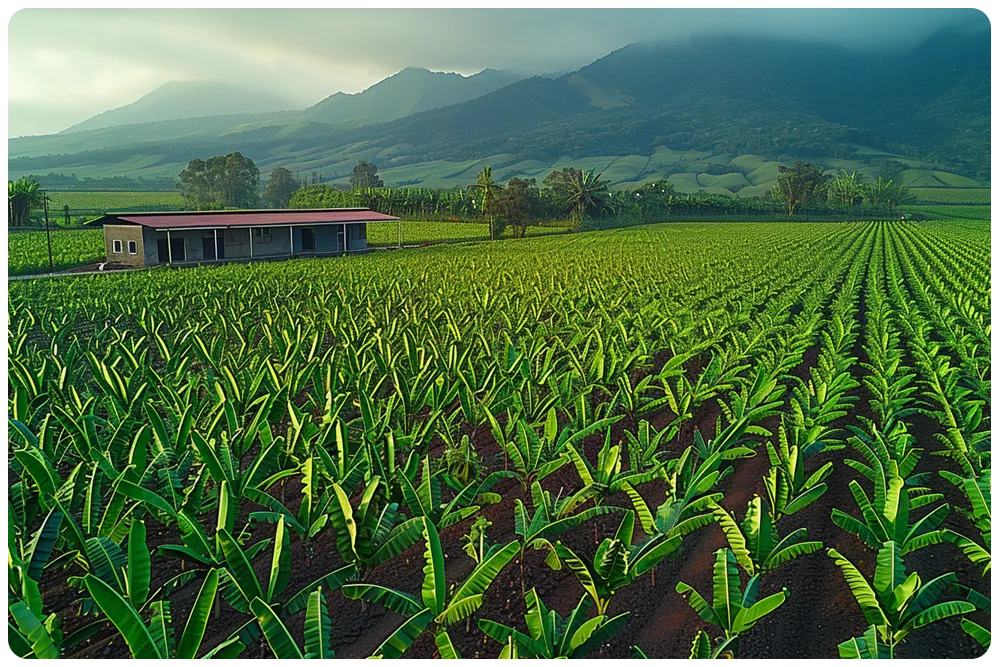
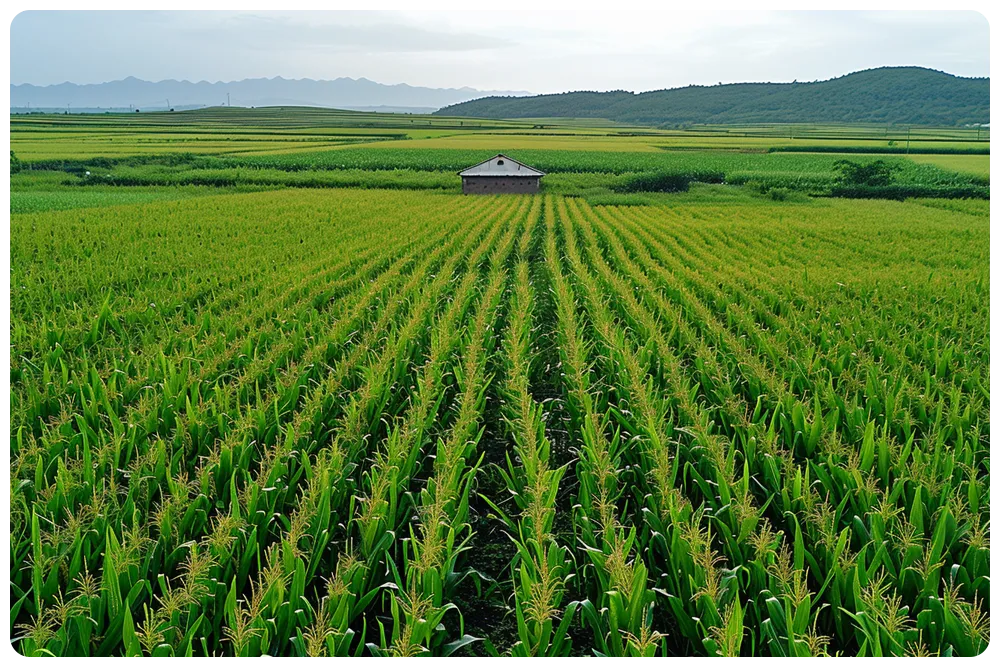
3. Advantage of using drones for irrigation
Advantage of Using Drones for Irrigation
In the realm of agricultural efficiency, the use of a drone is playing a pivotal role, particularly in the areas of field management strategies, from seeding to harvesting. A major advantage the drone brings to agriculture lies in its application for irrigation management. Efficient Water Usage Using a drone for irrigation management not only minimizes water wastage but also ensures optimal water usage. Equipped with the advanced infrared technology, a drone can detect the water stress in plants, thereby enabling farmers to administer the right amount of irrigation where and when necessary.- Rationalize water use
- Reduce water wastage
- Effectively respond to water stress signals from plants
- Cover large farm areas rapidly
- Detect irrigation leaks sooner
- Fast response to leakage issues
- Mainatain a balanced irrigation
- Minimize crop illnesses
- Maximize crop production
- Save farmers’ time and effort
- Lower irrigation management costs
- Increase overall farm productivity
4. Drones monitoring soil moisture for irrigation
Revel in the intriguing world of agricultural drone technology and explore its myriad of applications that could revolutionize field management strategies. The utilization of a drone in a farming context can significantly enhance agricultural efficiency, reduce environmental footprint, and drive higher yield. Dive deeper into one of the most significant drone services in agriculture – monitoring soil moisture for irrigation. Farmers globally are increasingly turning to drone technology to optimize their irrigation process. Monitoring soil moisture is a critical aspect of successful crop production. Precise irrigation can enhance crop yield, minimize water wastage, and ensure a healthier and more fruitful harvest. With enhanced imaging capabilities, a drone can capture intricate details of farmland that human eyes might overlook. Here’s a step-by-step insight into how drone technology can help in irrigation management.
Step 1: Aerial Survey By using a drone, farmers can conduct an aerial survey of their farmland. The drone captures high-resolution images that provide detailed insights into soil conditions, including moisture levels.
Step 2: Data Analysis The information captured by the drone is analyzed using advanced software. This enables the identification of areas that are adequately irrigated, under-irrigated, or over-irrigated.
Step 3: Effective Irrigation Planning The data analysis results assist farmers in creating tailored irrigation plans. By adjusting irrigation based on precise soil moisture data, farmers can ensure optimal water utilisation.
Step 4: Monitoring & Evaluation The process doesn’t end there. A drone is used for ongoing monitoring and assessment of soil moisture levels. This allows farmers to address any changes swiftly, ensuring their crops have the ideal growth conditions. The drone technology’s practicality extends to more than just soil and irrigation management. It offers a proactive solution to identify crop illness at an early stage. Timely action thus allows minimization of epidemics and maintains healthy cultivation. Adopting drone technology in agriculture stands beyond a mere trend. It represents a significant stride towards sustainable and efficient farming practices globally.
On this comprehensive portal, you can dive deeper into the numerous ways drone technology can be a game-changer in the agriculture sector. Remain updated with the latest trends, best practices, and tips to maximize your farm’s potential using this advanced tool. Embrace the future of agriculture with drone technology – a smart farming approach for a healthier and greener world.
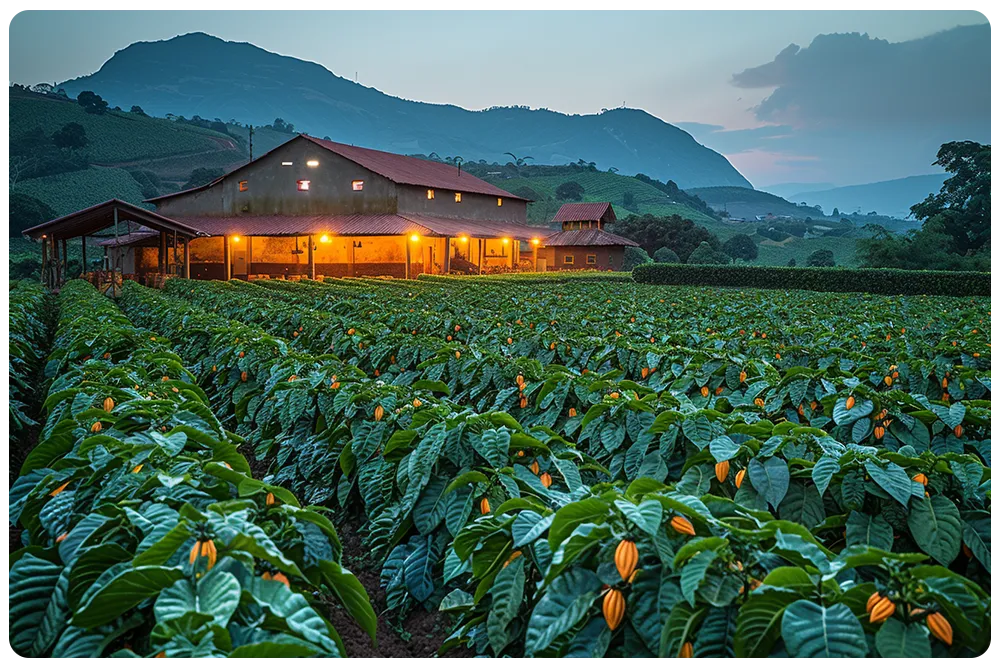

5. Could drones replace traditional irrigation systems?
Could Drones Replace Traditional Irrigation Systems?
With emerging technology, drones are revolutionizing the way farmers manage their fields. Primarily, agricultural drones are helping optimize irrigation processes, making it a potential substitute for traditional systems.There are several ways that drone technology contributes to improved irrigation. Some of the key drone services in farming include:
- Identifying Dry Spots: The drone can detect dry spots in the field, indicating where extra irrigation is needed. This real-time information allows farmers to address the issue instantly, averting potential crop failures.
- Monitoring Soil Moisture: Advanced drones equipped with specific sensors can monitor soil moisture levels accurately. With this data, farmers can adjust the irrigation schedule based on actual soil conditions.
- Efficient Water Use: With the precise detection of dry areas and moisture levels, the drone promotes efficient water use. It prevents over-irrigation, thereby conserving water and reducing costs.
In the phase from seeding to harvesting, the drone serves as a reliable tool for irrigation management. It is precise, efficient, and offers real-time insights. Moreover, early detection of dry spots by the drone can restrict the spread of crop diseases associated with drought stress.
However, while drones have vast potential, it’s important to consider whether they can entirely replace traditional irrigation systems. Drones can unquestionably complement existing methods by providing critical data and promoting efficient water use, but total reliance on drone technology for irrigation is still an area for exploration.
In conclusion, while drones hold significant promises for transforming the agricultural sector, their role in completely replacing traditional irrigation systems is yet to be defined and accepted globally. It is recommended for farmers to utilize drone technology to enhance current practices, potentially maximizing productivity and profit while minimizing environmental impacts.
In the fast-paced world of agricultural innovation, drones stand as a towering epitome of technological advancement. With detailed, data-driven insights that they provide, drones are making a substantial impact on irrigation management, seeding, and harvesting practices worldwide.6. Drones assisting in crop management
The Cornerstone of Modern Agriculture: Drone Technology
The advent of drone technology offers a newfound efficiency in agricultural processes. Using innovative and high-end technology, a drone seamlessly integrates into farming practices, delivering invaluable data for precise and effective farming operations.
Drone Contributions to Crop Management
Providing a stimulating synergy between technology and agriculture, drone use brings remarkable enhancement in crop management. Here’s how:
- Seeding: Bringing a revolution to the sowing phase, a drone carries out seeding with high accuracy and ensures optimal seed dispersion for viable and productive growth.
- Irrigation: Drone technology masters irrigation techniques. It detects areas facing water scarcity, allowing for strategic irrigation, saving water, and ensuring right irrigation practices issues.
- Harvesting: The introduction of drone in crop harvesting has revolutionized the process. They meticulously monitor ripeness levels, allowing farmers to harvest crops at the perfect time.
Combatting Crop Illness with Drones
Crop illnesses pose a significant threat to agricultural productivity. A drone can serve as an authoritative ally in identifying possible crop diseases, accurately capturing thermal and multispectral images. The data collected helps in the rapid detection and management of crop illnesses, thus preventing widespread damage and maintaining crop yields.
Paving Way for Enhanced Farm Management
The capability of a drone extends beyond primary farming phases. The constant surveillance and analysis brought by drone offers high-definition agricultural mapping, accentuating aspects such as crop density, height, and biomass. Farmers leverage this to ensure efficient field management, making informed decisions that enhance farm productivity and reduce operation costs.
Embracing the Drone Age in Agriculture
With drone technology, agriculture steps into a future where precision, efficiency and sustainability rule. The drone is not merely a tool; it encapsulates a revolution that redefines traditional farming processes and ushers us into a new age of modern agriculture.

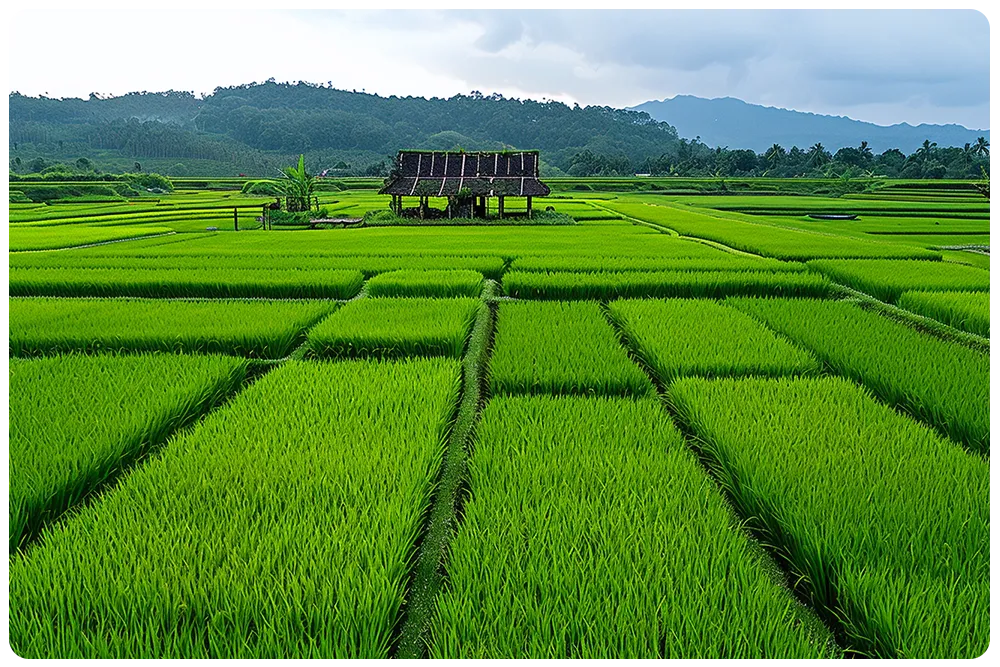
7. Drones playing integral role in sustainable farming
In the sustainable farming sphere, the role of the drone is integral and constantly evolving. Journey through the exciting synergy between drone technology and agriculture, as we delve into a variety of drone farming services available today, ranging from seed dispersion to crop harvesting.
Seeding crops was a labor-intensive process. However, drone technology effectively took on this challenge, facilitating rapid seeding with precision.
Drone Seeding:
- It involves a drone equipped with smart sensors and seed pods.
- The drone flies over the designated field, accurately dispensing seeds at specific intervals.
- Batch-specific data is maintained, providing valuable insights into optimal seeding times and locations.
Harvesting: Finally, harvesting becomes a straightforward process with drones. These smart machines can identify the right timeframe where the crop is at its peak, signaling the optimal harvesting time. Such accurate information leads to maximizing yield and reducing labor costs.
Drone technology is not just reshaping current agricultural practices, but redefining it entirely, providing farmers with an incredibly powerful tool for ensuring sustainability while maximizing efficiency.